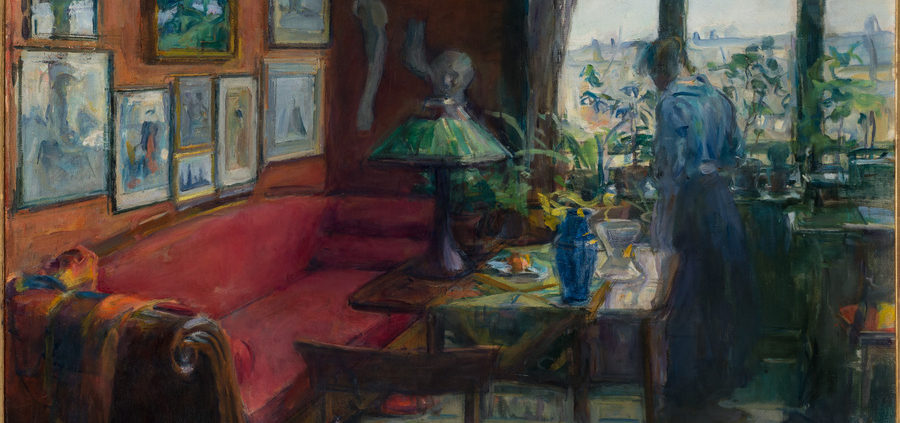Harriet Backer

Little known outside her country’s borders, the Norwegian painter Harriet Backer was nevertheless the most renowned female painter in her country at the end of the 19th century. Famous for her use of rich and luminous colours, she created a very personal synthesis of interior scenes and the practice of the open air. She drew her inspiration from the realist movement as well as from the innovations of impressionism through a free touch and a great interest in variations in light. She is also known for her sensitive portraits of the rural world and her interest in church interiors.

At a time when women were not considered full citizens in Norway, she rose to prominence with her brush as an important figure in the art scene of her time. A member of the board of directors and acquisition committee of the National Gallery of Norway for twenty years, she opened a painting school in the early 1890s where she trained important artists of the next generation, such as Nikolai Astrup, Halfdan Egedius and Helga Ring Reusch. She was supported by the collector Rasmus Meyer, who was also a major patron of Edvard Munch.

While Backer’s painting evolved stylistically over the course of her long career, she remained faithful to a narrow range of subjects and her practice was always informed by the study of the motif. After discussing the artist’s training in the great cultural capitals of the time, notably Munich and Paris, the exhibition will also present Harriet Backer’s circle of close friends, Scandinavian women artists who also trained across Europe and shared her feminist commitments. The exhibition will then address the artist’s major favourite themes: rustic interiors, paintings of traditional Norwegian churches, landscapes and her very particular sense of still lifes. The exhibition will devote a large space to representations of musical scenes. It is indeed an important component in the life of Backer, whose sister Agathe Backer Grondhal was a renowned musician in Norway, and a central subject in his work where the vibrations of the key make the musical notes perceptible.

This exhibition, the first retrospective devoted to this artist in France, joins one of the major programming axes of the Musée d’Orsay which proposes, in parallel with the presentations of the most emblematic figures, discoveries of less famous but essential artists to understand the major evolutions of art in the second half of the 19th century. Norway is the subject of particular attention due to the dynamism of its artistic scene and the privileged links that the artists maintained with the Parisian avant-gardes.



